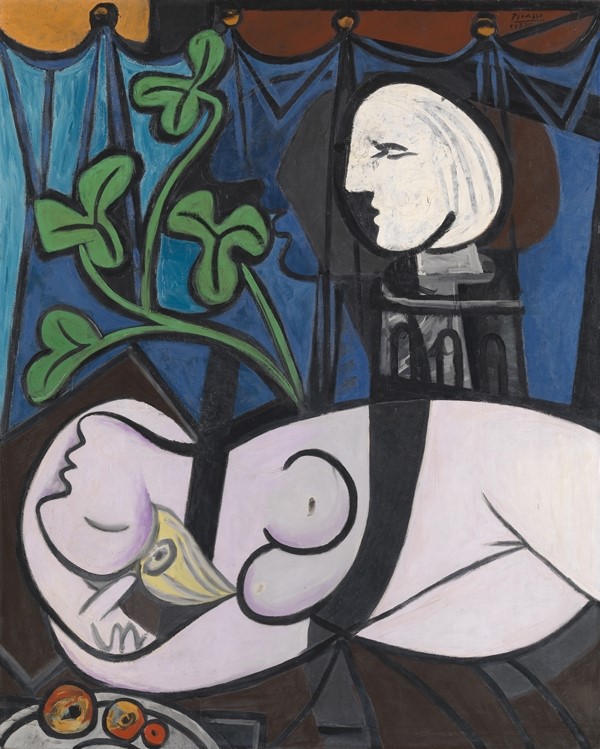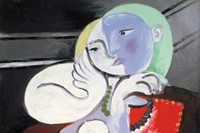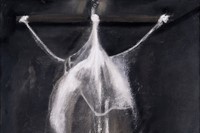“An icon of modernism” was Raf Simons’ tribute to the artist Pablo Picasso, whose inimitable colourations and shapes adorned knitwear in the S/S Jil Sander show. And indeed Picasso as a man and an artist never seems to fade into the past to rest
“An icon of modernism” was Raf Simons’ tribute to the artist Pablo Picasso, whose inimitable colourations and shapes adorned knitwear in the S/S Jil Sander show. And indeed Picasso as a man and an artist never seems to fade into the past to rest concealed behind the artists who followed him. Rather his work remains surprising, disturbing and revelatory to this day, and his influence is extraordinary, fundamentally affecting the work of contemporaries and artists of today. “Art is never chaste”, Picasso said. “Art is dangerous.” And indeed his vanguard move into Cubism, the unashamedly sensual portraits of wives and mistresses, and his vehement opposition to Franco, best represented in the seminal work Guernica, were all part of a great and tumultuous change that eternally altered the face of the modern art world.
“Art is never chaste”, Picasso said. “Art is dangerous.”
Tate Britain’s exhibition Picasso & Modern British Art is an intelligently curated exploration of the great artist’s position among the works of his British contemporaries, as well as the British patrons and collectors who bought his works. The works flow roughly consecutively, showing Picasso pieces next to those of prominent painters and sculptors who moved within his social milieu, who saw his works at galleries and who either praised him to the heavens or damned him as a charlatan. It is clear from the outset that Picasso’s works outclass their British counterparts with quite brutal force, blazing with life, passion and headspinning strangeness, forcing the others into the shadows. Yet when considered as products of the innovations Picasso wrought, they do begin to live again. Wyndham Lewis’s malevolent, spike faced figures echo something of the oddness of Picasso’s early etchings, the violence of Francis Bacon’s screaming mouths and ghostly skeletons are thrown into sharp relief by the eroticism of Picasso’s similarly shaped Three Dancers, sculptures shaped by Henry Moore share the nonchalance as well as the monumental scale of Picasso’s neoclassical female nudes.
All in all, this is an exhibition that reaffirms Picasso as a one of a kind – an artist capable of capturing both the trauma of war and the intimacy of a woman in orgasmic bliss; of showing people and objects exactly as they weren't and yet exactly as they were. He said, “we all know that art is not the truth, art is a lie that makes us realize the truth,” and this exhibition clearly demonstrates that many of the greatest British artists of the time were inspired to attempt to incorporate parts of his truth into their own creations.
Picasso & Modern British Artists is at Tate Britain until July 15 2012.



